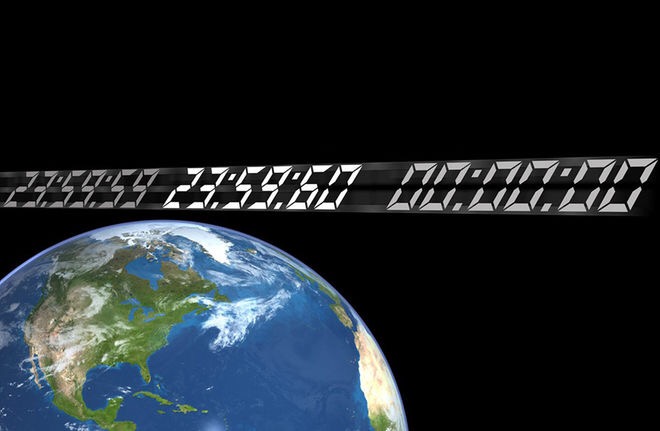In case you haven’t quite had enough of 2016, it will be a second longer this year as our clocks catch up with the rotation of the earth.
So at 23 hours 59 minutes and 59 seconds GMT on the 31st December, an extra second will be added to our clocks.
The extra second will sort out the discrepancy between how long it takes the Earth to rotate, which fluctuates and is affected by factors such as the ocean tides, melting ice caps and the gradual moving away of the moon, verses the time shown on superscientific and superprecise atomic clocks created by humans.
Indeed the Earth technically takes a bit longer than 24 hours to complete a full rotation (86,400.002 seconds, to be exact).
The decision on leap is decided by The International Earth Rotation and Reference Systems Service (IERS), the group responsible for maintaining accuracy on global clock systems in accordance with the Earth.
This leap second system was first used back in 1972, and has become fairly common, twenty seven times in fact, with the most recent being required in June 2015.
Back in 2012, the leap second caused websites unprepared for the change to crash. Australian airline Qantus was one of the businesses affected, experiencing scores of flight delays because of problems the leap second sparked with its check-in system.







